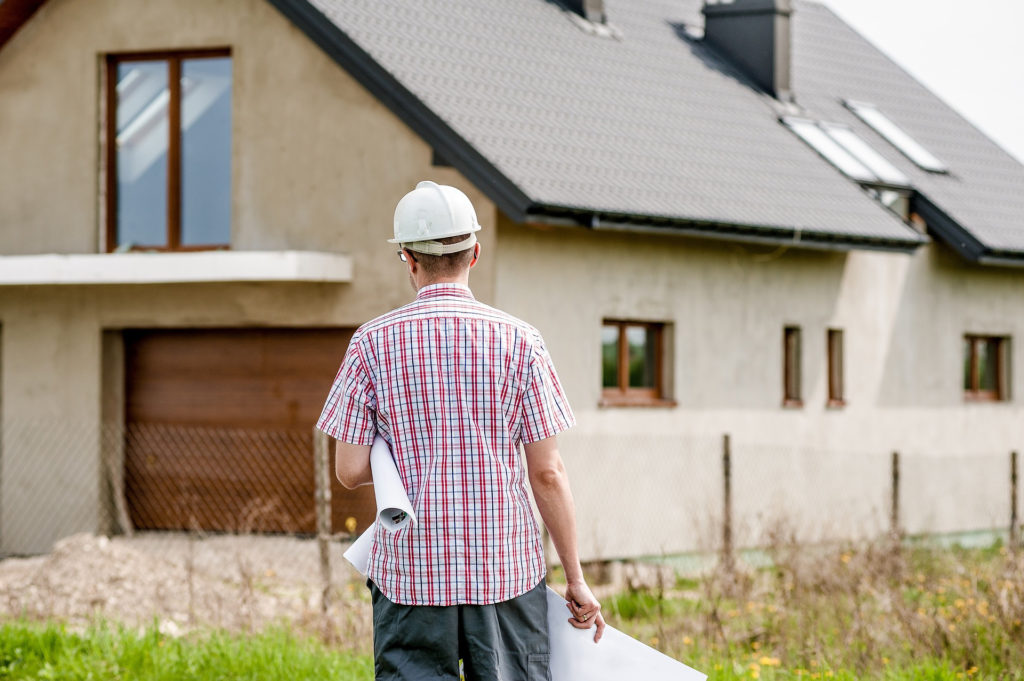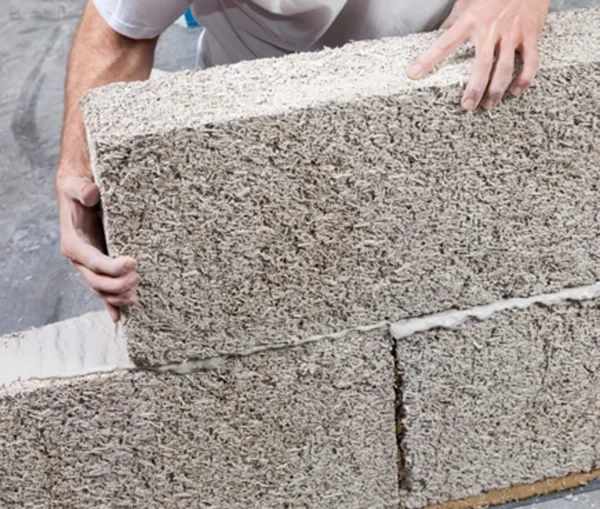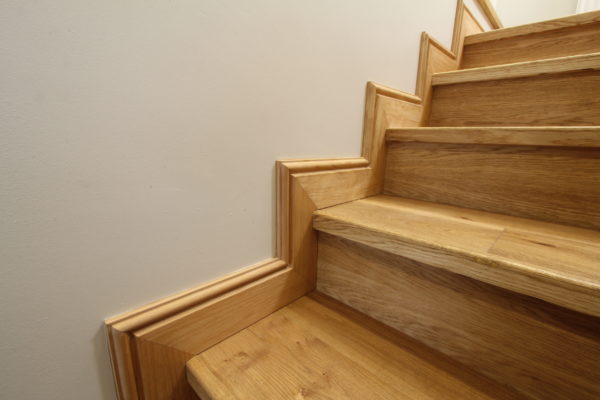Overcoming The Rising Cost of Building
If the papers are to be believed, there’s a shortage of just about everything in the construction industry. But where are the pinch points and how will they affect the self and custom build sectors?
First off is the skills shortage; 66% of small and medium contractors report difficulties in sourcing trades – in particular bricklayers and carpenters.
There is also unprecedented demand for plumbers, electricians and plasterers. In addition, the big developers have the pulling power to attract trades to major projects and tempt them away from smaller residential schemes.
A number of reasons are cited for these issues. Brexit is never far away from the argument and there are those who say eastern European tradespeople, who make up 12% of the construction workforce, are heading home because of the uncertainty regarding their UK residency.
However, this is disputed by people who maintain that skills shortage has been an issue since the year 2002. They also argue the pound’s devaluation – and therefore how much money Europeans are able to send home – has had more of an impact than Brexit uncertainties.
It doesn’t help that we are not encouraging nor training enough young people to pursue construction.
As 50% of school leavers go to university, learning a trade is sometimes seen as a second-rate option, with the flow of youngsters into apprenticeships or technical colleges having reduced dramatically. I wonder whether this trend will change once recent graduates realise that a degree does not lead to instant wealth.
Skilled trades, however, can demand more than £200 per day, nudging a £50,000 salary.
The other bottleneck is the issue with materials. Bricks, blocks and roof tiles are in short supply and costs have increased as a result.
I suspect we are still playing catch up following the closure of a number of kilns in the last recession, but the scarcity of lightweight blocks is an unintended consequence of closing
down coal-fired power stations.
A key ingredient in these units is pulverised fuel ash, which we don’t produce as much as we used to. Importing it from India and China has increased costs.
Insulation prices are on the rise, too. PIR foam products were hit after a major fire in Germany restricted manufacture of a key ingredient. Moreover, following the Grenfell Tower tragedy some PIR stock was removed from sale after a review of fire-testing results. Average insulation prices are up by 40% from last year.
As the government pledges to deliver 300,000 new homes per year, with upwards of 20,000 of these in the custom build sector, supply and demand is bound to increase costs. Unless we have another recession in the construction industry, we’ll have to live with it.
The solution? Consider alternative materials and hire trades on a fixed-price basis. As long as you get the job done in time and or within your budget, who cares who’s making what per day?

















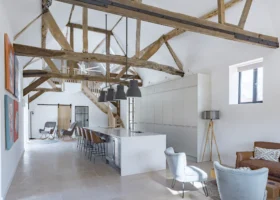















































































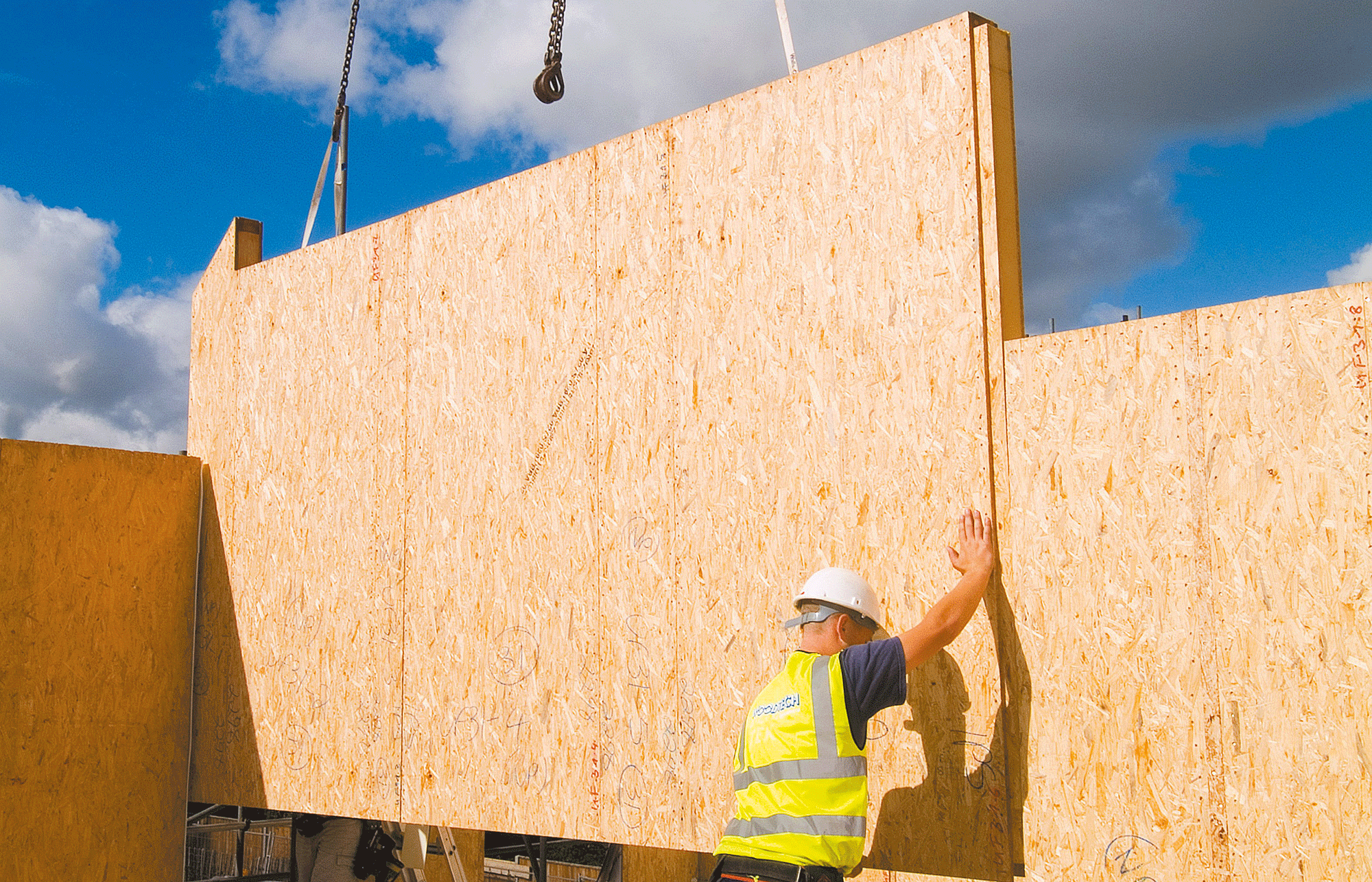
 Login/register to save Article for later
Login/register to save Article for later


